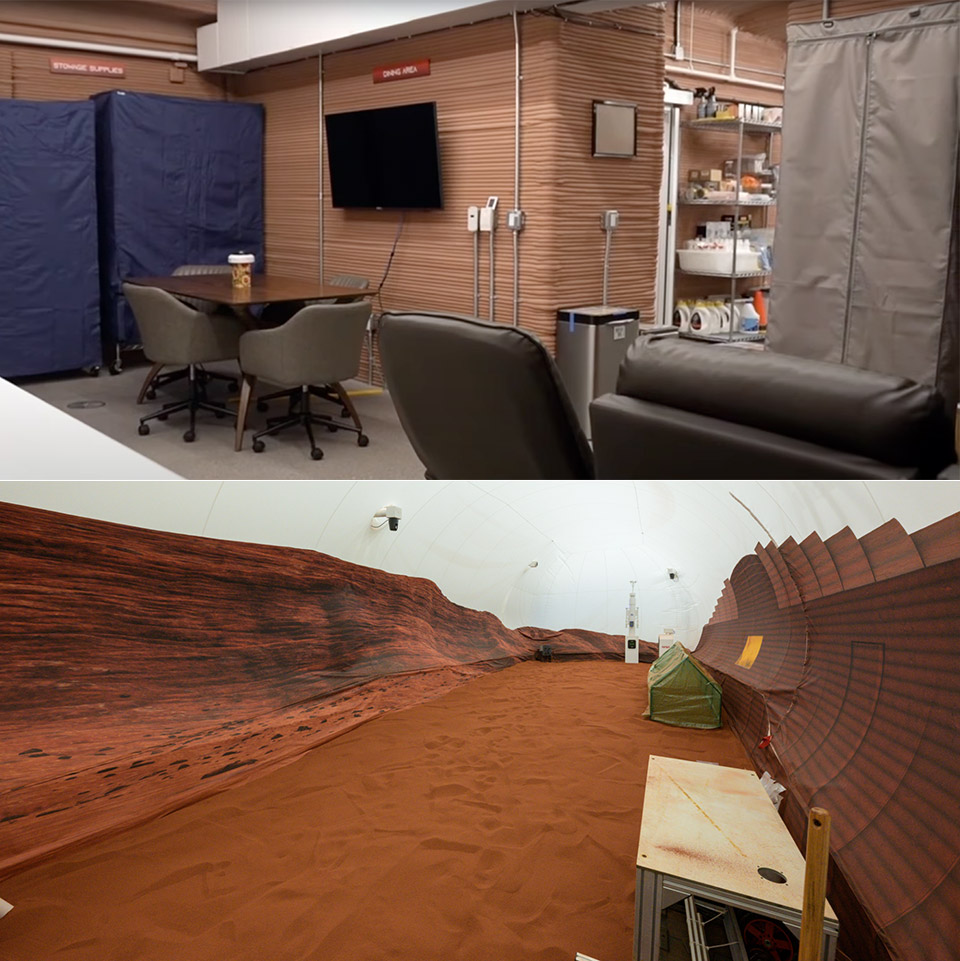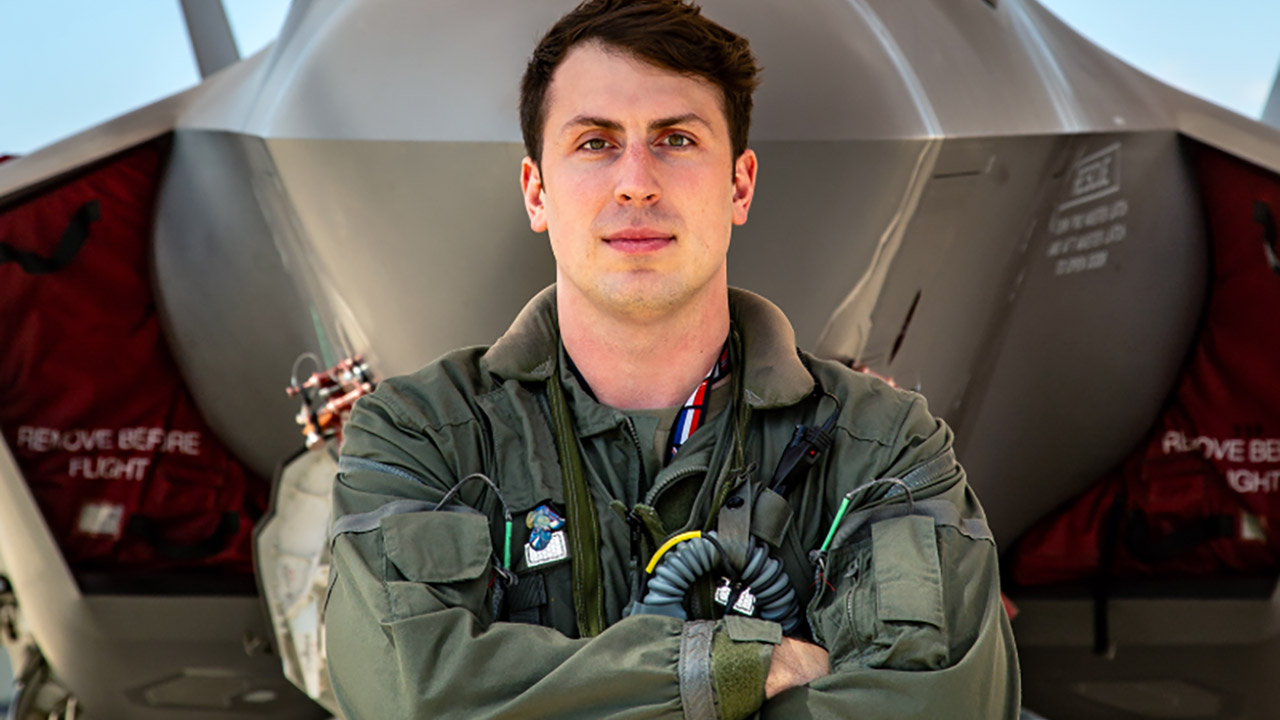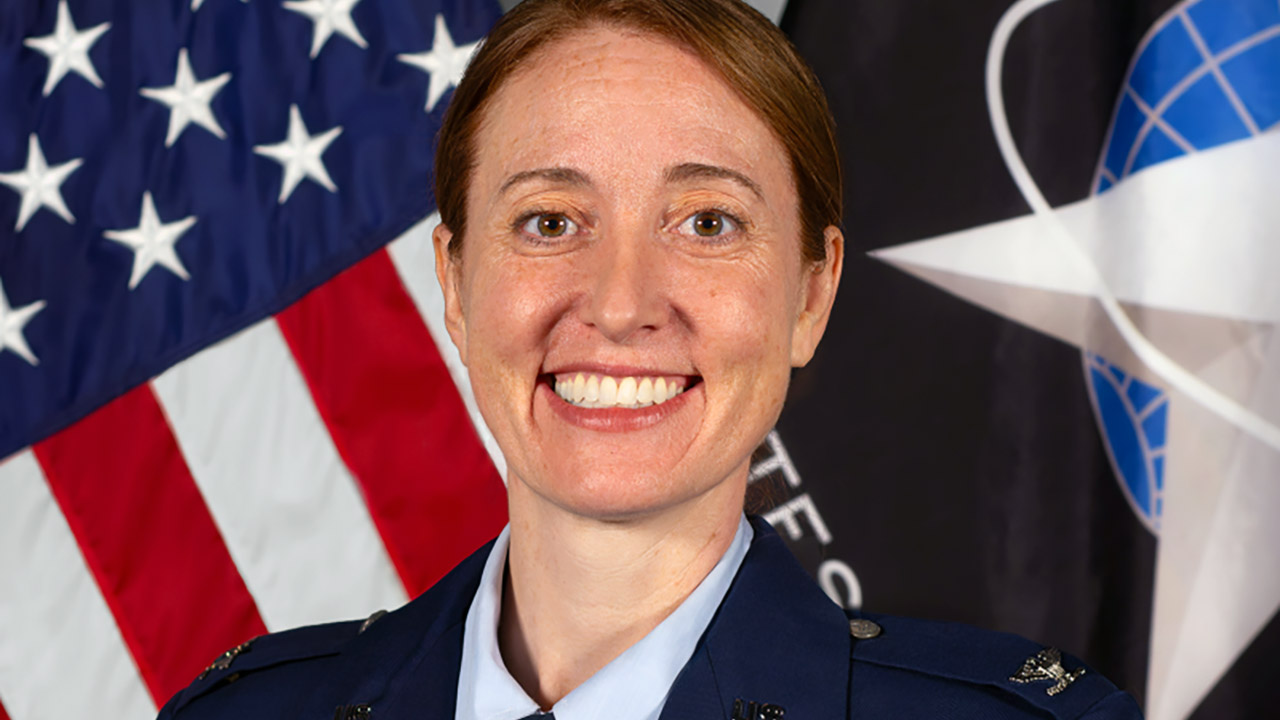NASA’s Second CHAPEA Mission Will Have Four People Spending 378 Days in a Simulated Mars Habitat


Four people will live in a 1,700-square-foot Mars simulation starting October 19, 2025. Ross Elder, Ellen Ellis, Matthew Montgomery, and James Spicer will spend 378 days in the Mars Dune Alpha habitat at NASA’s Johnson Space Center in Houston. This is part of NASA’s Crew Health and Performance Exploration Analog (CHAPEA) to study how humans cope with isolation, resource scarcity and high stakes of a Mars mission.
Inside the 3D printed habitat, the crew will experience conditions similar to a real Mars mission, including communication disruptions, equipment failures and dealing with limited supplies. They’ll go on simulated Mars treks, grow vegetables, operate robots and test equipment designed for deep space like water dispensers and medical diagnostics.
Sale

LEGO Technic VTOL Heavy Cargo Spaceship LT81, Space Gift Idea for Kids, Space Theme Toy, Vehicle Building…
- Build a futuristic cargo spaceship – Young space fans aged 10+ have lots to explore as they build and play with this LEGO Technic VTOL Heavy Cargo…
- Vertical takeoff and landing gear – Kids can deploy and retract the landing gear as they explore the possibilities and challenges of living and…
- Transport the cargo – Includes a mini space rover that can be loaded into the cargo pod and slung under the spaceship using the extending claw

Ross Elder, the mission commander, is an Air Force test pilot with extensive experience. With over 1,800 flight hours including 200 in combat, his experience testing cutting edge aircraft like the F-35 and F-15 makes him the perfect person to navigate the unknowns of a Martian colony.

Ellen Ellis, the medical officer, is a Space Force colonel with a systems engineering background. Her job at the National Reconnaissance Office is to build modern data centers which translates to managing the habitat’s complex systems. Ellis who has four master’s degrees including one in emergency and disaster management is well equipped to handle medical emergencies and keep the crew healthy.

Matthew Montgomery, the science officer, has a hardware design and startup background. His experience in robotics and controlled agriculture will come in handy when the crew tries to grow food in the small habitat.

James Spicer, the flight engineer, rounds out the team with expertise in satellite comms and spacecraft architecture. He’s built data relay networks and tested navigation systems so he’ll be handy with the habitat’s tech.
The first CHAPEA mission was in July 2024, and NASA is putting people through the wringer again to create a roadmap for Mars exploration. Sara Whiting, a project scientist, says these ground-based tests will help determine which tools and methods will keep future astronauts safe and effective.
Life in the habitat will be a mix of routine and high stakes challenges. The crew will tend a veggie garden, do robotic ops and practice spacewalks in a Mars surface sandbox. They’ll also test technology designed for deep space like diagnostic instruments that could one day help astronauts manage medical issues without Earth’s help.
NASA’s Second CHAPEA Mission Will Have Four People Spending 378 Days in a Simulated Mars Habitat
#NASAs #CHAPEA #Mission #People #Spending #Days #Simulated #Mars #Habitat







